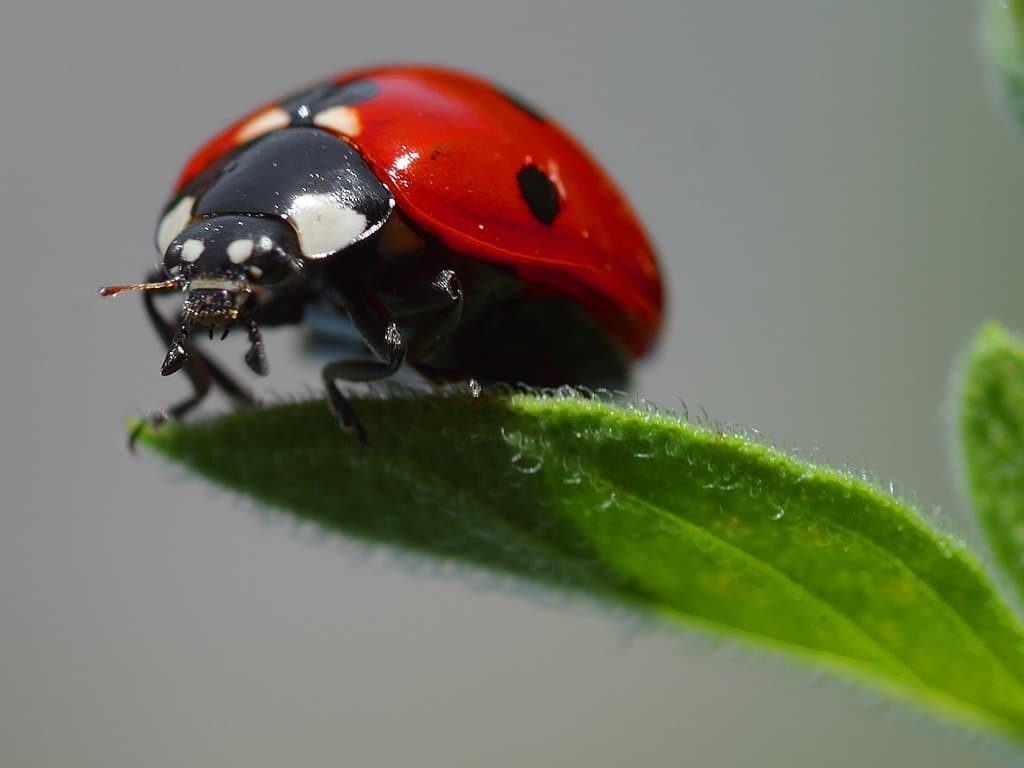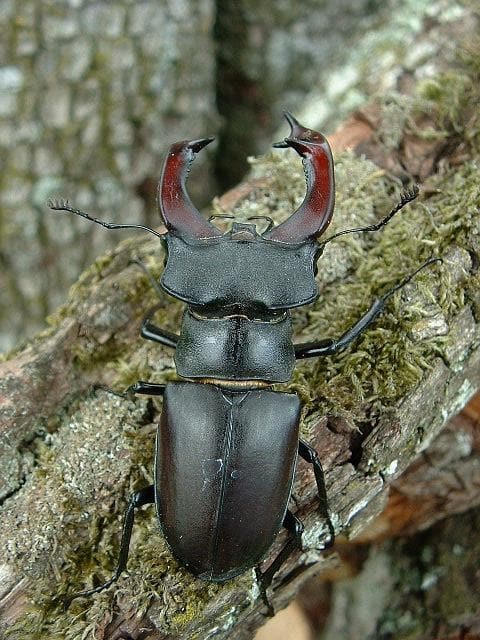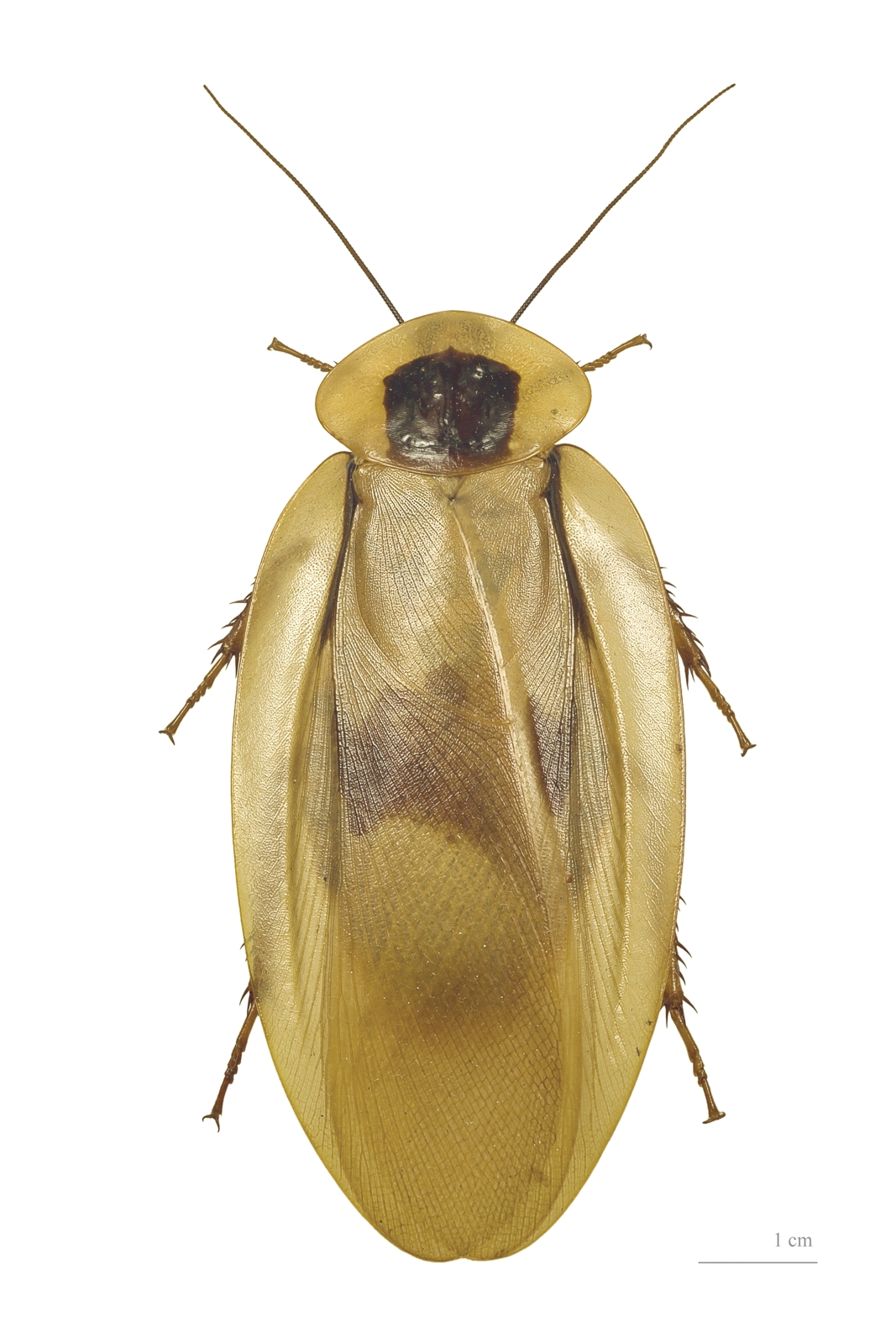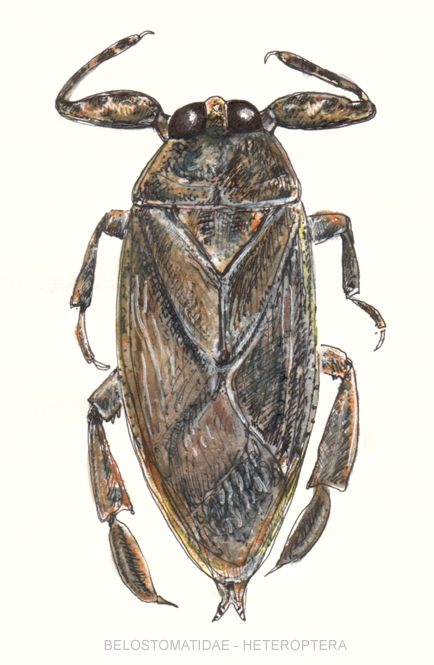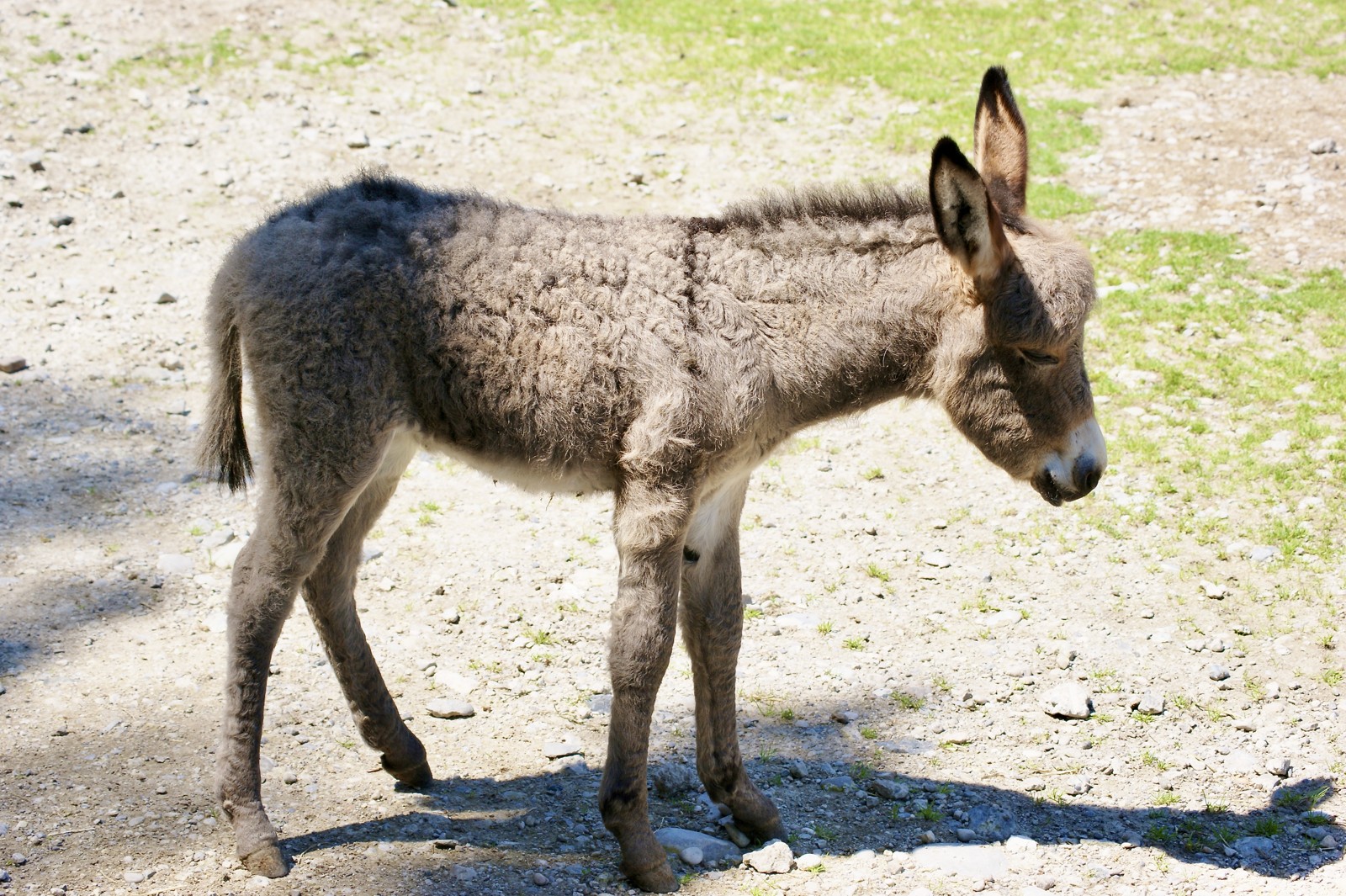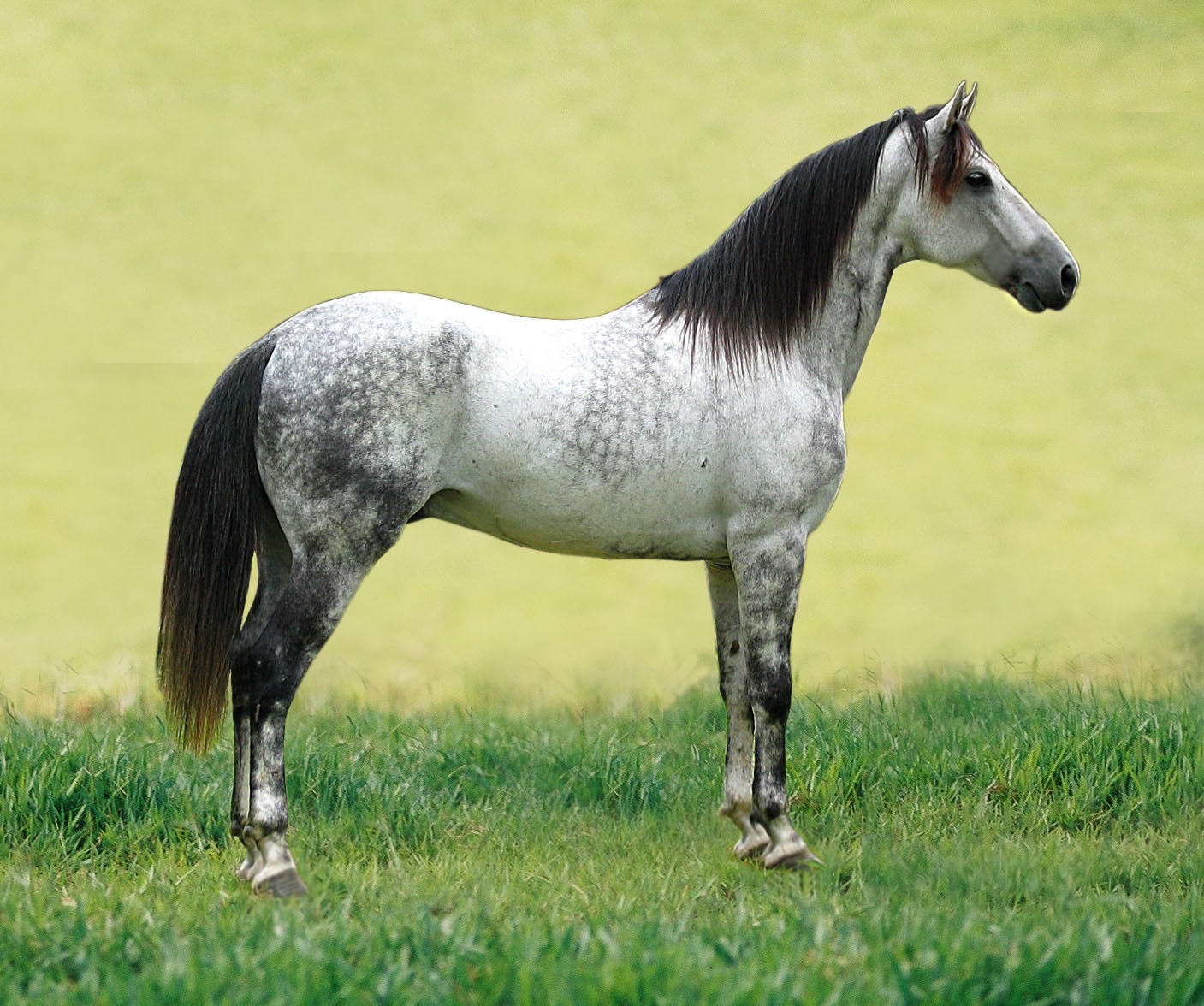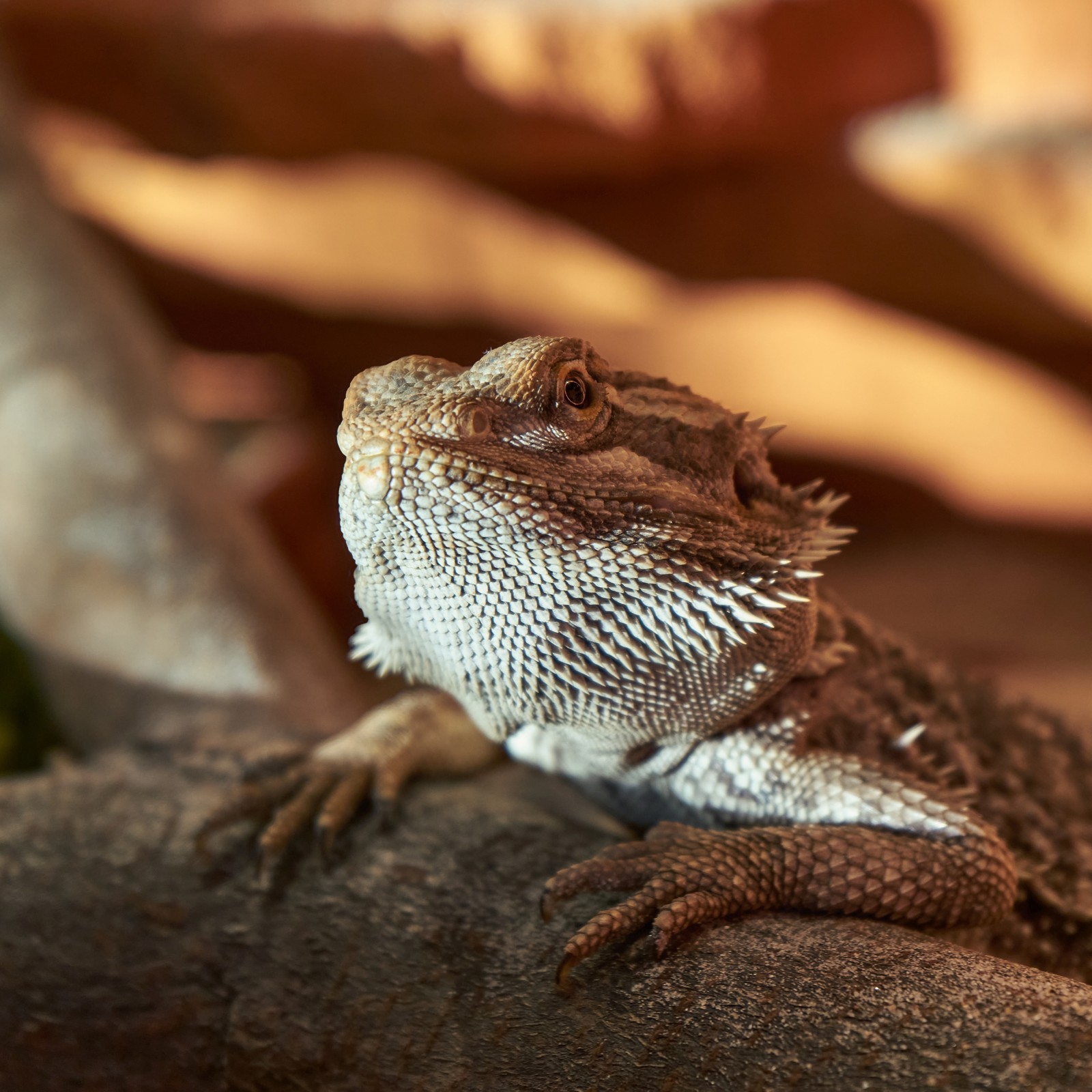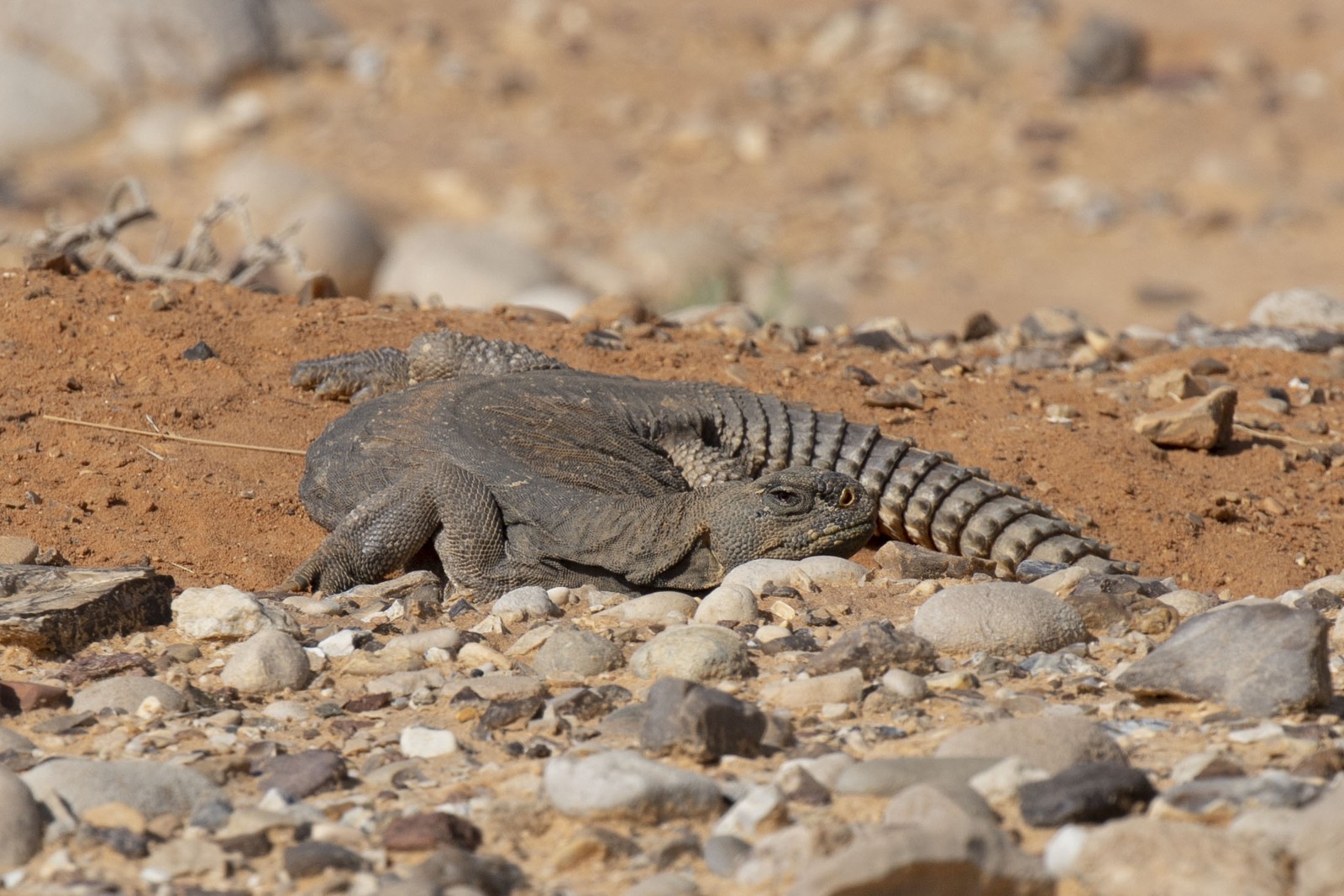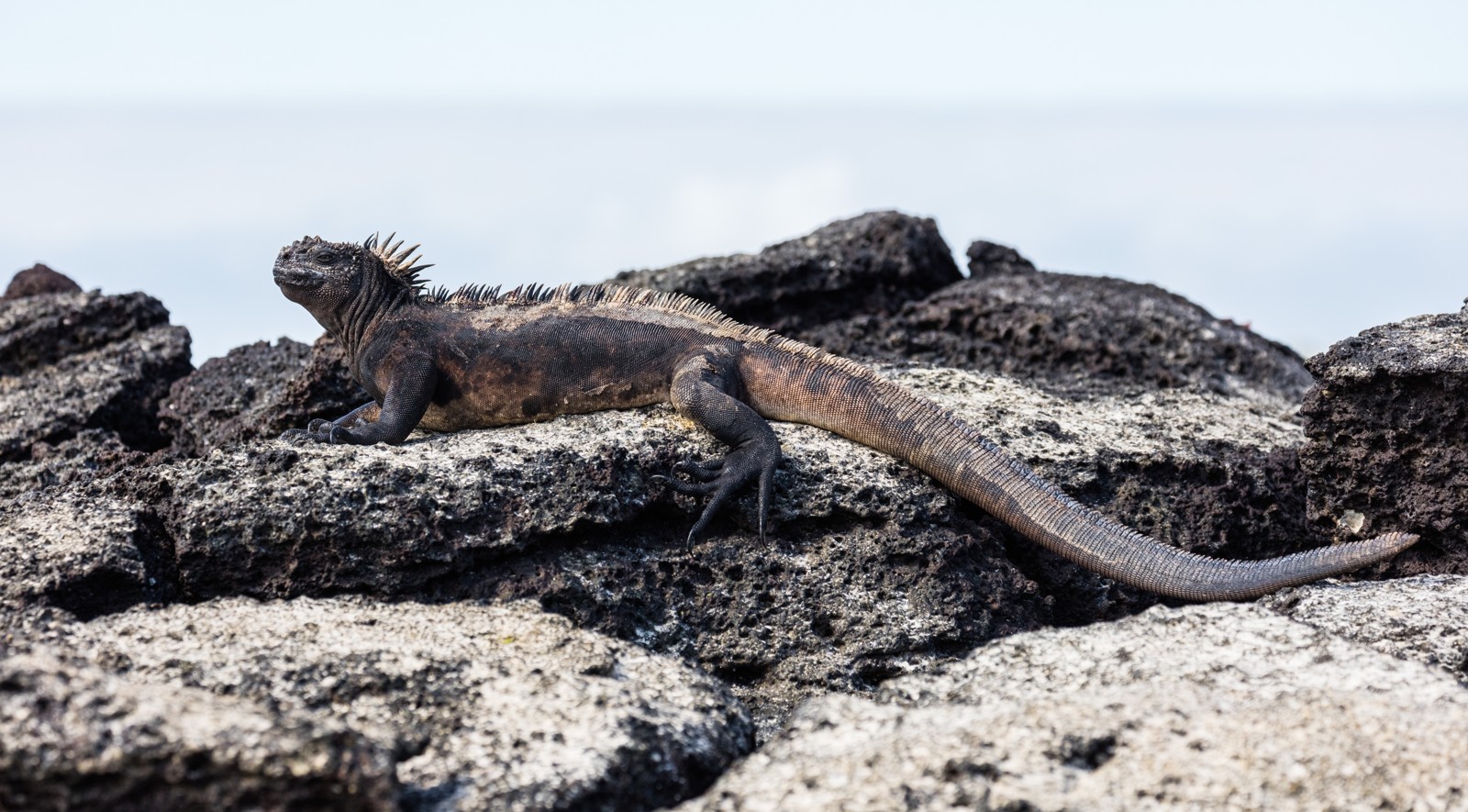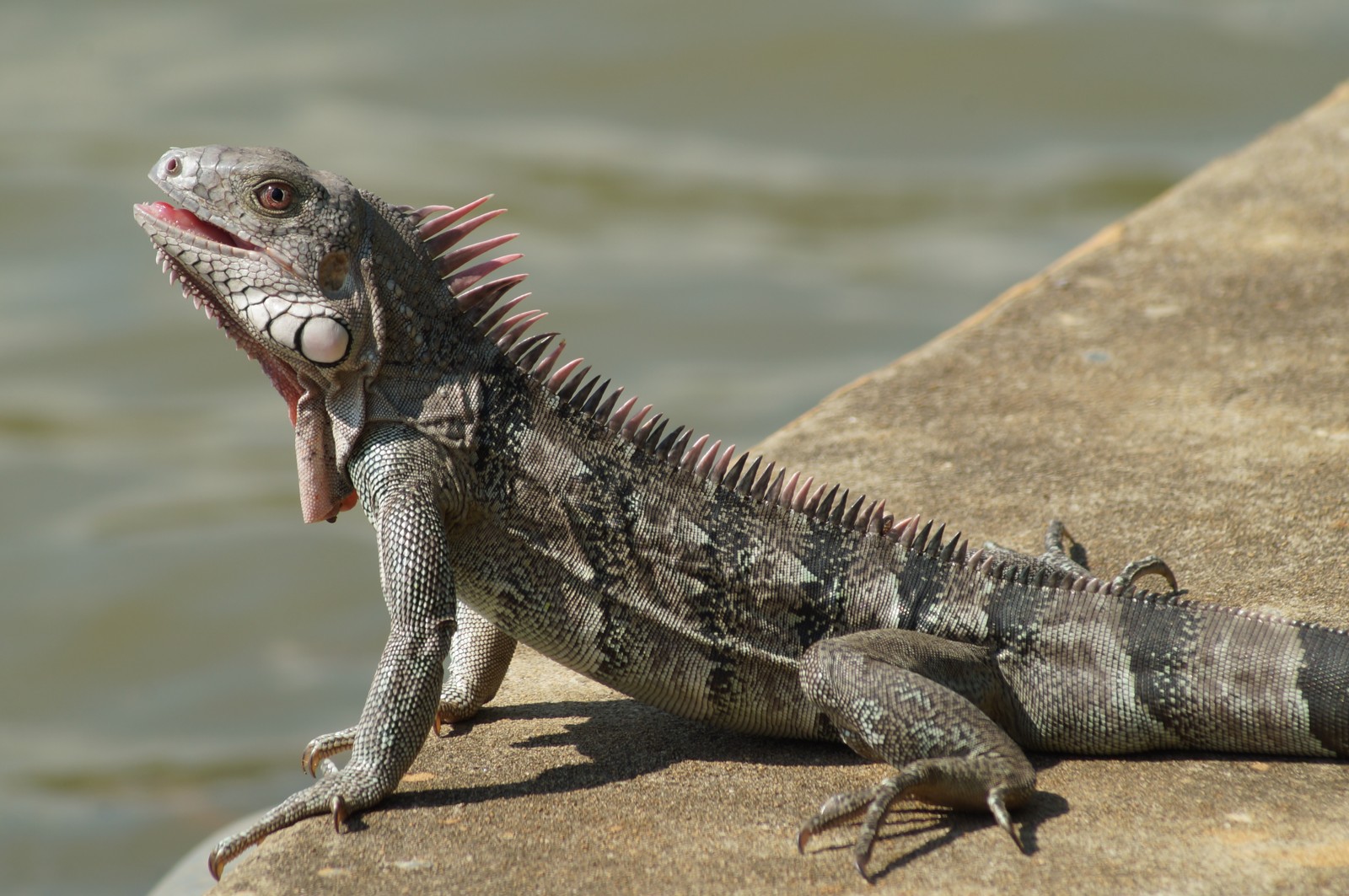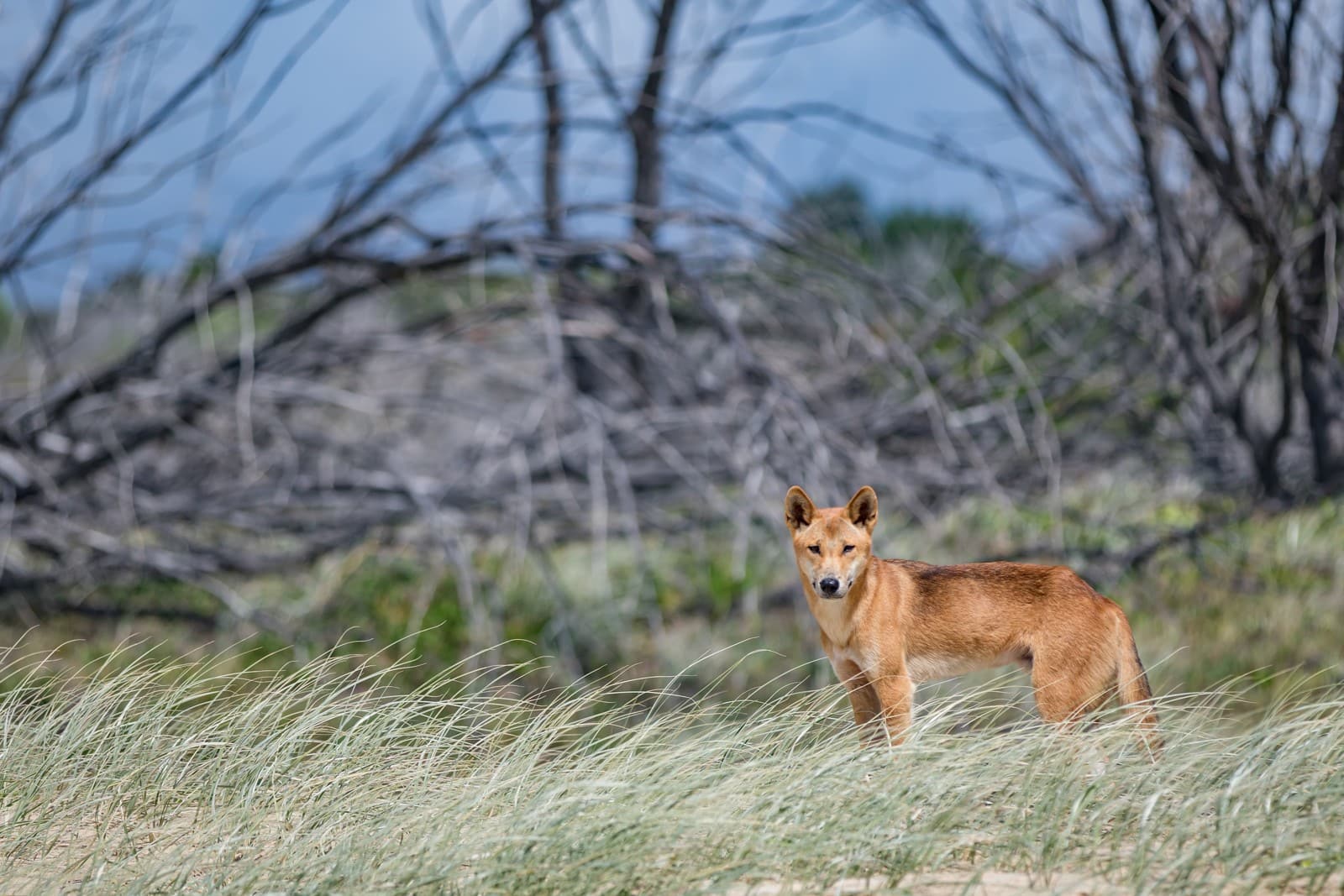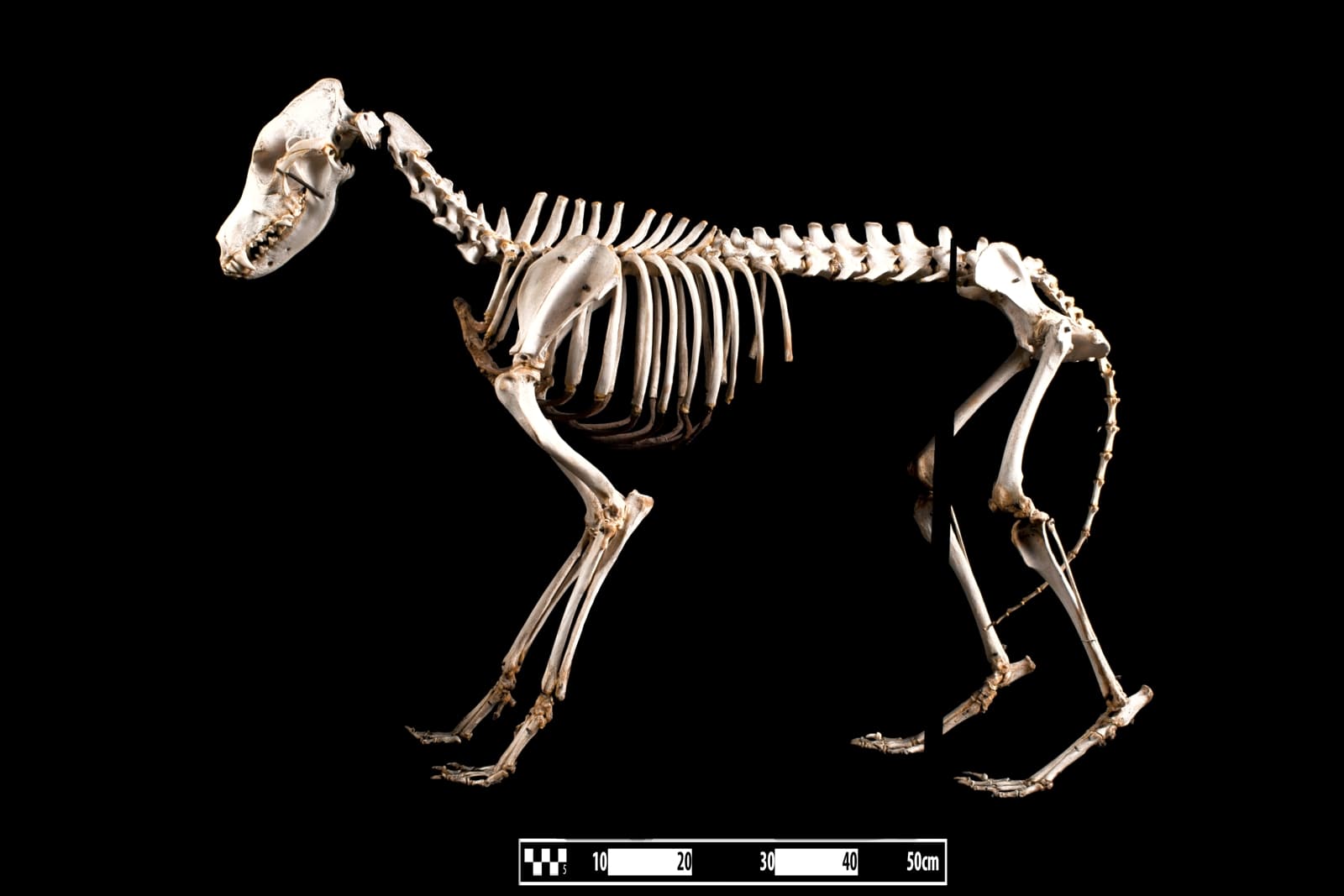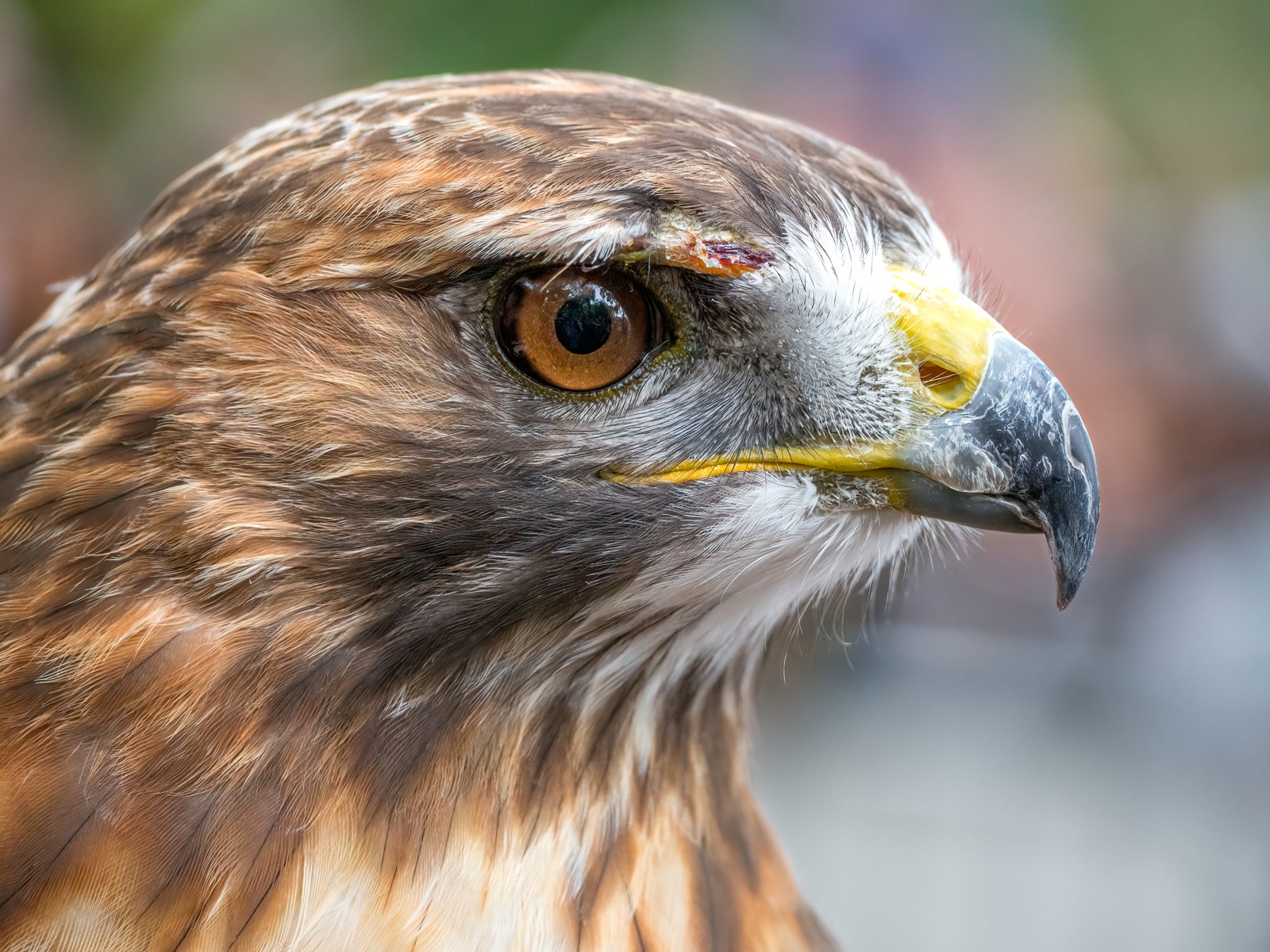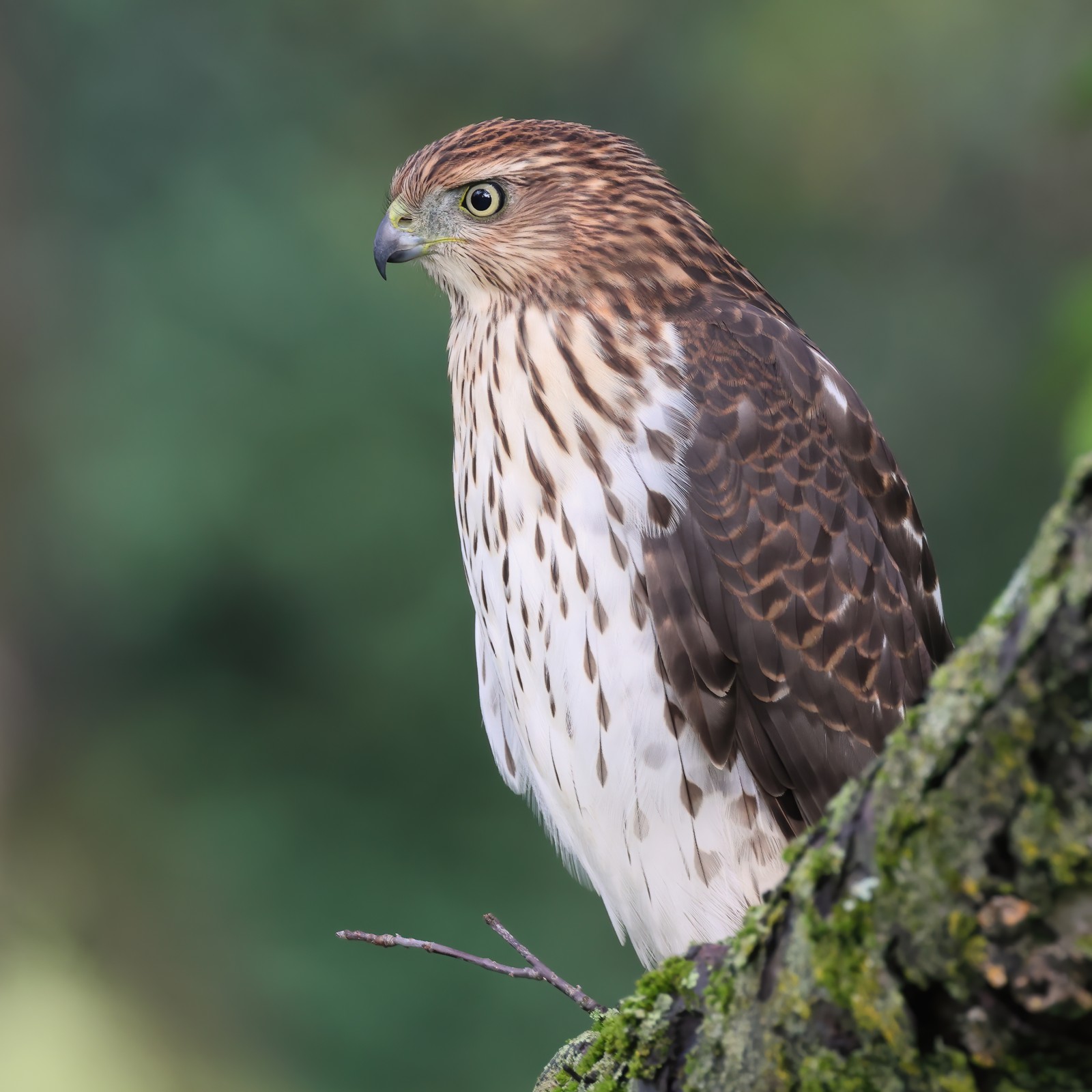Beetle vs Cockroach: A Complete Comparison
In the diverse world of insects, beetles and cockroaches represent two of the most successful evolutionary stories. While both belong to the class Insecta, beetles (order Coleoptera) and cockroaches (order Blattodea) exhibit distinct characteristics that set them apart. Beetles comprise nearly 400,000 known species, making them the largest order of insects, while cockroaches include roughly 4,600 species worldwide.
The key difference between beetles and cockroaches lies in their wing structure - beetles possess hardened forewings (elytra) that protect their flying wings, while cockroaches have leathery wings that lay flat against their bodies. Additionally, beetles generally display more diverse body shapes and sizes, ranging from 0.3mm to 17cm (0.01 to 6.7 inches), compared to cockroaches’ more uniform oval shape.
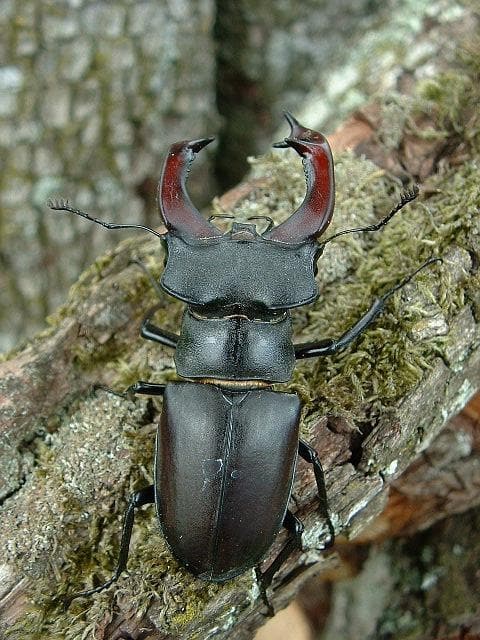
© J.F. Gaffard / CC BY-SA 3.0
The stag beetle exemplifies the remarkable diversity within the Coleoptera order, showcasing the distinctive hardened wing cases and impressive mandibles characteristic of many beetle species. These features demonstrate the clear morphological differences between beetles and cockroaches.
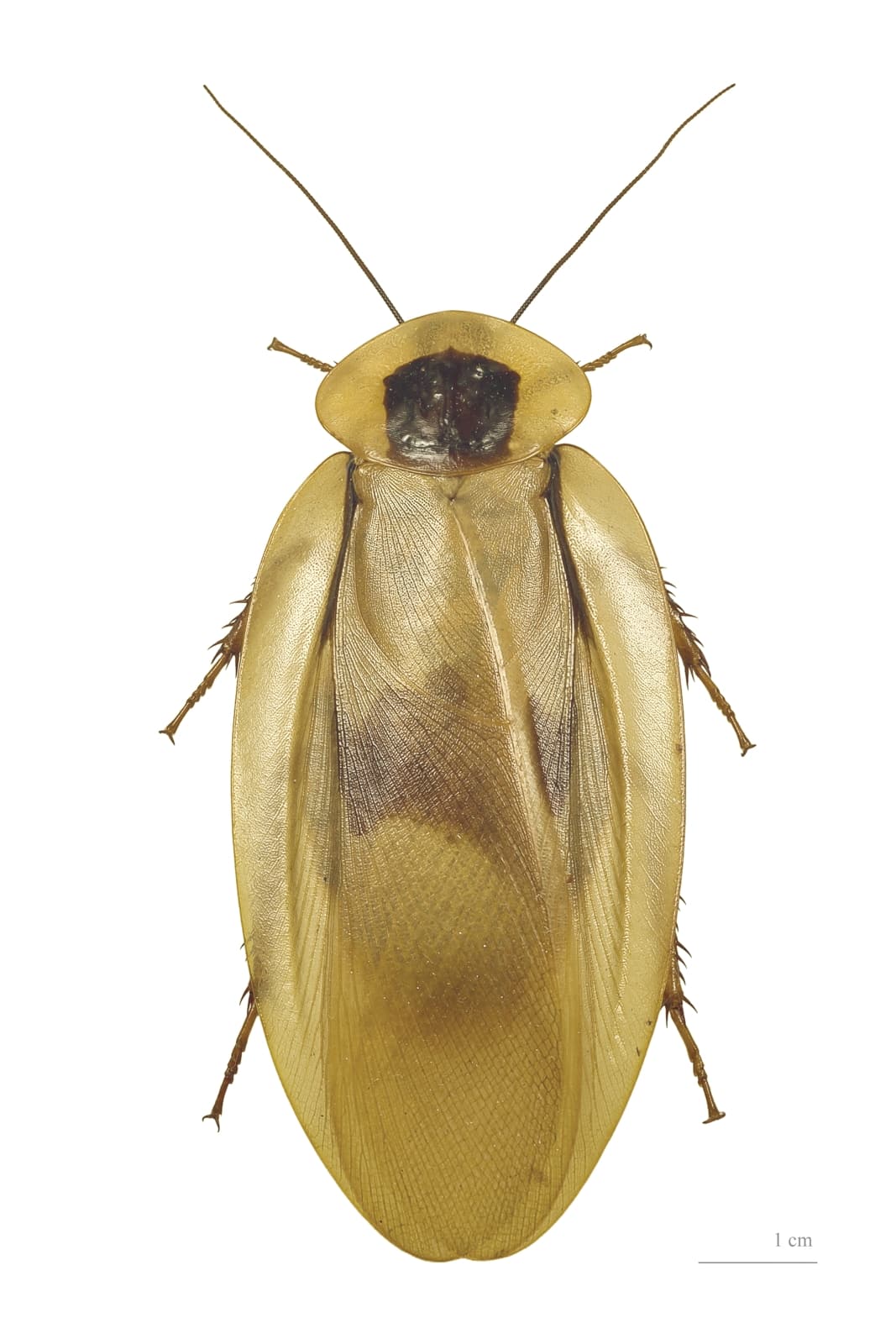
© Didier Descouens / CC BY-SA 3.0
The Madagascar Hissing Cockroach displays the classic cockroach body plan - oval-shaped, flattened, with a shield-like pronotum covering the head. This body structure allows cockroaches to squeeze through incredibly tight spaces, unlike most beetles.
Key Differences: Beetle vs Cockroach
| Feature | Beetle | Cockroach |
|---|---|---|
| Wing Structure | Hardened forewings (elytra) | Leathery wings laid flat |
| Body Shape | Highly variable, often rounded or elongated | Usually oval and flattened |
| Size Range | 0.3mm to 17cm (0.01-6.7 inches) | 3mm to 10cm (0.12-4 inches) |
| Habitat Preference | All terrestrial ecosystems | Dark, humid environments |
| Diet | Varied (herbivorous, carnivorous, or both) | Primarily omnivorous scavengers |
| Life Span | 3 weeks to 3 years | 6 months to 2 years |
Anatomy and Physical Characteristics
Beetles possess several distinctive anatomical features that separate them from cockroaches. Their most notable characteristic is the hardened forewings (elytra) that protect their delicate flying wings underneath. This armor-like covering provides excellent protection but can make beetles less agile than cockroaches.
Cockroaches, conversely, have a more uniform body structure with leathery wings and a flattened profile that enables them to squeeze through extremely narrow spaces. Their bodies are typically more flexible than beetles, with some species able to withstand pressure up to 900 times their body weight.
Behavior and Habitat Preferences
While both insects have successfully colonized most of Earth’s habitats, their behavioral patterns differ significantly. Beetles exhibit incredibly diverse behaviors, from wood-boring to predatory hunting, reflecting their varied ecological niches. Many species are diurnal and actively seek sunlight.
Cockroaches predominantly display nocturnal behavior and thigmotactic preferences (attraction to touch on all body sides). They thrive in dark, humid environments and demonstrate remarkable survival adaptations, including the ability to survive without food for up to one month.
Who Would Win in a Fight?
In a theoretical confrontation between similarly-sized specimens, the outcome would largely depend on the beetle species involved. Large beetles like rhinoceros beetles or stag beetles, with their powerful mandibles and robust exoskeletons, would likely overpower a cockroach. However, cockroaches compensate with superior speed and agility, averaging 3.4 mph (5.4 km/h) compared to most beetles’ slower pace.
Ecological Impact and Human Interaction
Beetles play crucial roles in ecosystems as pollinators, decomposers, and pest controllers. Many species are considered beneficial to agriculture and forest health. The ladybird beetle, for example, can consume up to 5,000 aphids during its lifetime.
Cockroaches, while important decomposers in natural ecosystems, are often viewed negatively due to their association with human habitations. However, only about 30 of the 4,600 known cockroach species are considered pests, with most playing vital roles in natural decomposition processes.
Conservation Status and Threats
Many beetle species face threats from habitat loss and climate change, with several species listed as endangered. The conservation status of various stag beetles and other specialized species has become a concern in recent decades.
Cockroaches, being highly adaptable, generally face fewer conservation challenges. However, some endemic species on islands or in specialized habitats may be vulnerable to environmental changes and habitat destruction.
